Atom-width nanotechnology sensor could provide unprecedented insights into brain structure and function
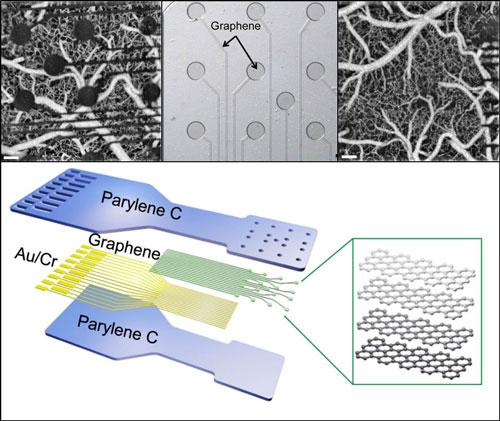 New technology enables monitoring and stimulation of neurons using optical and electronic methods simultaneously.
New technology enables monitoring and stimulation of neurons using optical and electronic methods simultaneously.
Oct 27th, 2014
Read more
 New technology enables monitoring and stimulation of neurons using optical and electronic methods simultaneously.
New technology enables monitoring and stimulation of neurons using optical and electronic methods simultaneously.
Oct 27th, 2014
Read more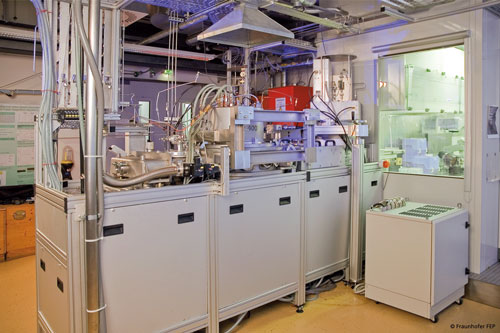 The trend toward energy self-sufficient probes and ever smaller mobile electronics systems continues unabated. They are used, for example, to monitor the status of the engines on airplanes, or for medical implants. They gather the energy they need for this from their immediate environment - from vibrations, for instance. Researchers have developed a process for the economical production of piezoelectric materials.
The trend toward energy self-sufficient probes and ever smaller mobile electronics systems continues unabated. They are used, for example, to monitor the status of the engines on airplanes, or for medical implants. They gather the energy they need for this from their immediate environment - from vibrations, for instance. Researchers have developed a process for the economical production of piezoelectric materials.
Oct 27th, 2014
Read more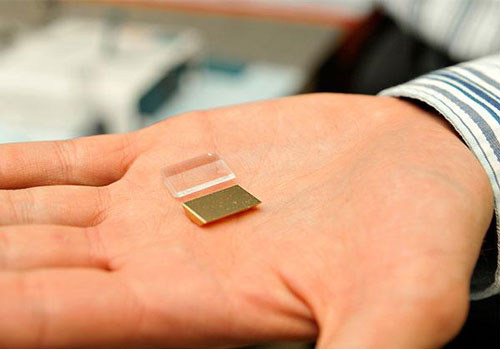 In less than a minute, a miniature device can measure a patient's blood for methotrexate, a commonly used but potentially toxic cancer drug. Just as accurate and ten times less expensive than equipment currently used in hospitals.
In less than a minute, a miniature device can measure a patient's blood for methotrexate, a commonly used but potentially toxic cancer drug. Just as accurate and ten times less expensive than equipment currently used in hospitals.
Oct 27th, 2014
Read moreResearchers report reproducible and quantitative measurements of electricity flow through long molecules made of four DNA strands, signaling a significant breakthrough towards the development of DNA-based electrical circuits.
Oct 26th, 2014
Read more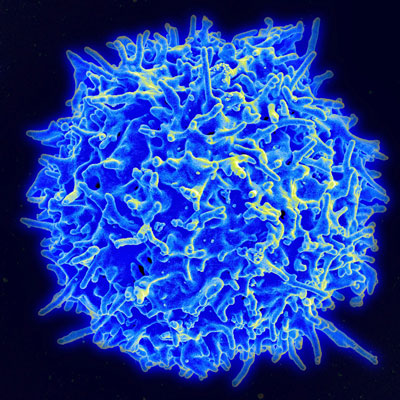 Chemists have devised a method using DNA-based tension probes to zoom in at the molecular level and measure and map how cells mechanically sense their environments, migrate and adhere to things.
Chemists have devised a method using DNA-based tension probes to zoom in at the molecular level and measure and map how cells mechanically sense their environments, migrate and adhere to things.
Oct 24th, 2014
Read more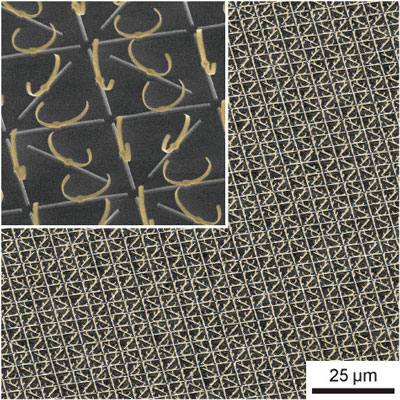 In a significant breakthrough, scientists have succeeded in creating a large metamateria that is essentially isotropic, using a type of metamaterial element called a split-ring resonator.
In a significant breakthrough, scientists have succeeded in creating a large metamateria that is essentially isotropic, using a type of metamaterial element called a split-ring resonator.
Oct 24th, 2014
Read moreScientists developed a completely new way of forming charged molecules which offers tremendous potential for new areas of chemical research.
Oct 24th, 2014
Read moreChemists have found a new way to make nanostructured carbon using the waste product sawdust.
Oct 24th, 2014
Read more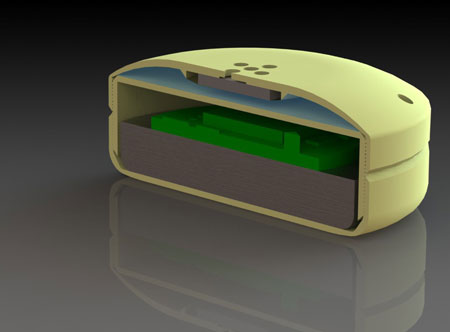 Scientists will receive about $1.25 million from the Center for the Advancement of Science in Space to develop an implantable device that delivers therapeutic drugs at a rate guided by remote control. The device's effectiveness will be tested aboard the International Space Station and on Earth's surface.
Scientists will receive about $1.25 million from the Center for the Advancement of Science in Space to develop an implantable device that delivers therapeutic drugs at a rate guided by remote control. The device's effectiveness will be tested aboard the International Space Station and on Earth's surface.
Oct 24th, 2014
Read more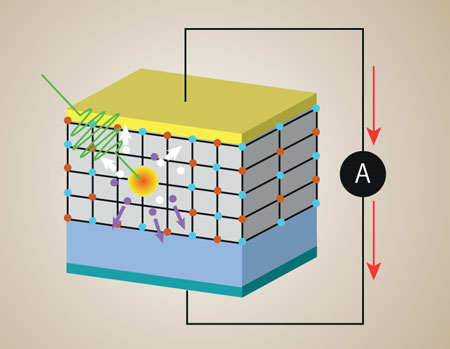 Strongly interacting electrons turn oxide interfaces into magnetically controlled and extra-efficient solar cells.
Strongly interacting electrons turn oxide interfaces into magnetically controlled and extra-efficient solar cells.
Oct 24th, 2014
Read more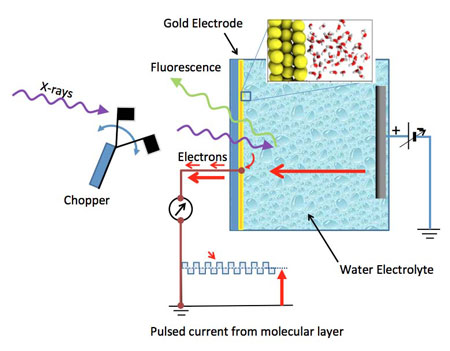 Scientists have observed the molecular structure of liquid water at a gold surface under different charging conditions.
Scientists have observed the molecular structure of liquid water at a gold surface under different charging conditions.
Oct 23rd, 2014
Read more Researchers have broken new ground in the development of proteins that form specialized fibers used in medicine and nanotechnology. For as long as scientists have been able to create new proteins that are capable of self-assembling into fibers, their work has taken place on the nanoscale. For the first time, this achievement has been realized on the microscale - a leap of magnitude in size that presents significant new opportunities for using engineered protein fibers.
Researchers have broken new ground in the development of proteins that form specialized fibers used in medicine and nanotechnology. For as long as scientists have been able to create new proteins that are capable of self-assembling into fibers, their work has taken place on the nanoscale. For the first time, this achievement has been realized on the microscale - a leap of magnitude in size that presents significant new opportunities for using engineered protein fibers.
Oct 23rd, 2014
Read more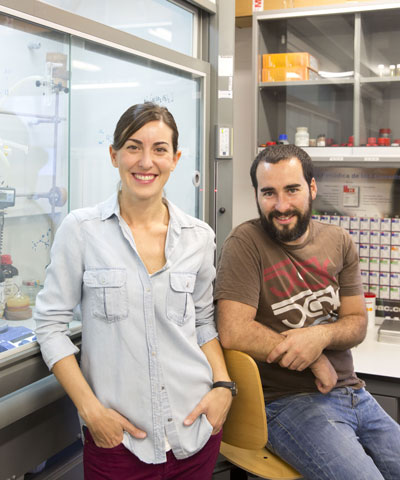 Scientists have developed new organic compounds characterized by a higher modularity, stability and efficiency, which could be applicable in the semiconductors industry for using them in electronics or lighting.
Scientists have developed new organic compounds characterized by a higher modularity, stability and efficiency, which could be applicable in the semiconductors industry for using them in electronics or lighting.
Oct 23rd, 2014
Read more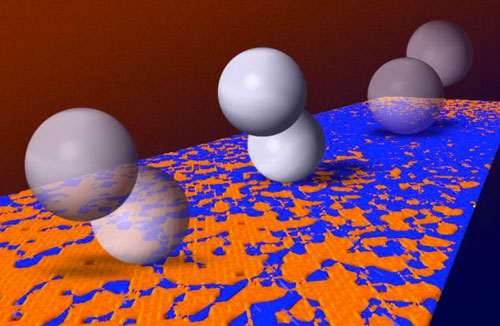 Technology could provide a way to deliver probes or drugs to cell structures without outside guidance.
Technology could provide a way to deliver probes or drugs to cell structures without outside guidance.
Oct 23rd, 2014
Read more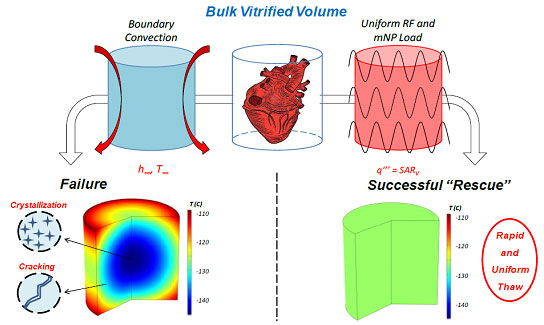 Successful techniques for cryopreserving bulk biomaterials and organ systems would transform current approaches to transplantation and regenerative medicine. However, while vitrified cryopreservation holds great promise, practical application has been limited to smaller systems (cells and thin tissues) due to diffusive heat and mass transfer limitations, which are typically manifested as devitrification and cracking failures during thaw. Now researchers leverage a clinically proven technology platform, in magnetically heated nanoparticles, to overcome this major hurdle limiting further advancement in the field of cryopreservation.
Successful techniques for cryopreserving bulk biomaterials and organ systems would transform current approaches to transplantation and regenerative medicine. However, while vitrified cryopreservation holds great promise, practical application has been limited to smaller systems (cells and thin tissues) due to diffusive heat and mass transfer limitations, which are typically manifested as devitrification and cracking failures during thaw. Now researchers leverage a clinically proven technology platform, in magnetically heated nanoparticles, to overcome this major hurdle limiting further advancement in the field of cryopreservation.
Oct 23rd, 2014
Read moreScientists have designed a new experiment to test the foundations of quantum mechanics at the large scale.
Oct 23rd, 2014
Read more